What does this part of a datasheet mean? I always get confused when studying them...
Is the user suppose to meet these conditions before getting the results stated on the sheet?
What does this part of a datasheet mean? I always get confused when studying them...
Is the user suppose to meet these conditions before getting the results stated on the sheet?
Those are the measurement conditions under which the result is measured.
For example, hfe is measured when Ic is set to 1A and Vce is set to 5V.
Is the user suppose to meet these conditions before getting the results stated on the sheet?
Yes :)
Each of the parameters are measured in the conditions given.
For example, hFE is measured at 1A collector current and collector-emitter voltage of 5V.
That means that a 5V supply is connected from collector to emitter. Then base current is adjusted so that the collector current is 1A. Then the base current is measured, and hFE is calculated as the ratio (collector current)/(base current)=1A/(base current).
Suppose we had a more common TIP120 transistor. Its pinout from the datasheet is:
The electrical characteristics table specifies hFE as follows:
The gain is measured in pulsed conditions, i.e. the transistor is ON for 0.3ms only. This is so that the gain measurement is done when the transistor's junction is at room temperature. Otherwise, the gain will rise as the semiconductor die warms up. Such a specification would not be useful, since the transistor is supposed to work at room temperature, even if an "infinite" heatsink is attached.
To measure the gain at the collector current of about 2A, we could use the following circuit:

simulate this circuit – Schematic created using CircuitLab
R1 sets the base current a bit above 2mA if connected as shown. The 3V "battery" should either be a power supply capable of delivering >2A, or three 1.5V D-cells in series.
Why three cells and not two? At 2A, each alkaline D-cell drops about 0.3V, so with just two cells we'd get the collector voltage of about 2.4V. That's not enough to get the VCE=3V condition specified in the datasheet.
Instead, we'd need to use three cells. Those output 4.5V at no load, but just around 3.5V when 2A is flowing through them.
The base power source can be a 9V battery since the current is quite low.
The transistor will be dissipating about 7W during this test (7W = 3.5V x 2A). It must either be on a heatsink, or the base collector voltage must be pulsed manually, e.g. with a pushbutton. Without a heatsink, the transistor will get very hot very quickly, and may get destroyed in a matter of seconds (!).
Of course, this is just a simple hFE test circuit. The transistor acts pretty much like a switch in this configuration. A mosfet would be better suited perhaps, since it'd dissipate orders of magnitude less power. To use the transistor as an amplifier, you may need a different circuit, of course.